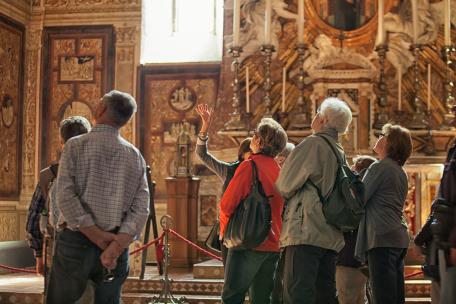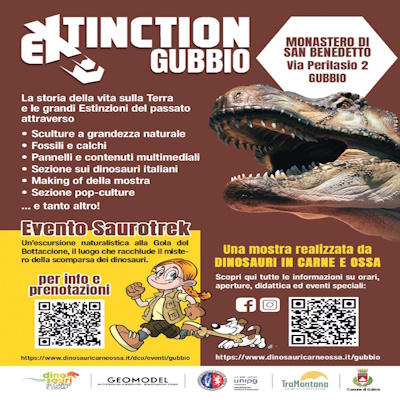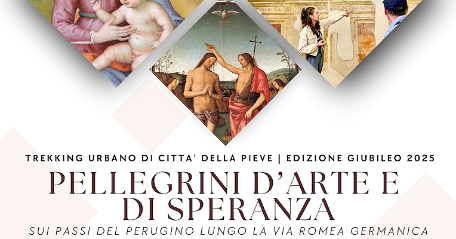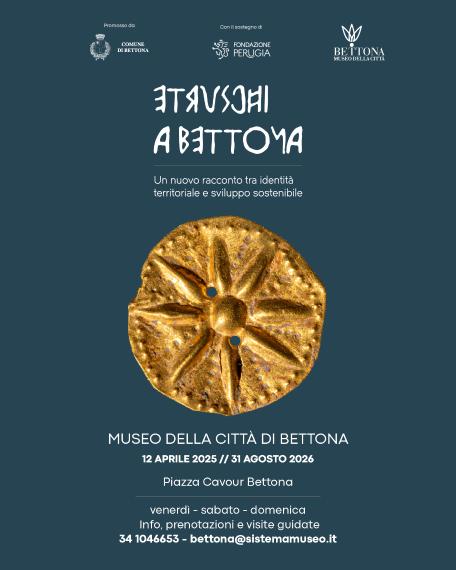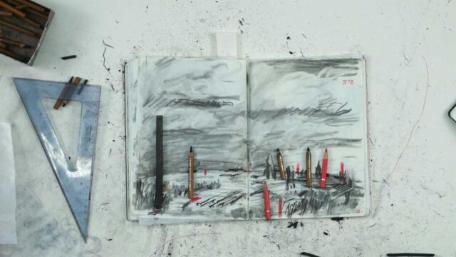Not everyone knows that Orvieto, the ancient Velzna, was one of the most powerful city-states of the Etruscan Dodecapolis and the last to fall under Roman rule in the 3rd century BC. Perched atop a strategic tuff cliff, it was a centre of culture, politics, and religion until the Roman conquest, which forced the inhabitants to flee to the shores of Lake Bolsena, where they founded Volsinii Novi.
Today, the area preserves an extraordinary archaeological heritage – an open-air museum that allows visitors to reconstruct the life and rituals of this enigmatic people. By the end of the journey, the Etruscans will seem a little less mysterious – and all the more fascinating!
In the footsteps of the Etruscans in and around Orvieto - In the footsteps of the Etruscans in and around Orvieto
Epoche storiche Etruscans
Etruscans
In the footsteps of the Etruscans: discovering Orvieto and its surroundings
2968464 Etruscans In the footsteps of the Etruscans: discovering Orvieto and its surroundings Etruscans Epoche storiche 1
A journey to explore the landmarks and architecture of the Etruscan era in and around the city of Orvieto.
The Etruscan heart of Orvieto

Temple of Belvedere
Piazza Duomo: the triangle of Etruscan treasures

National Archaeological Museum – Orvieto
Orvieto Underground

Orvieto Underground
Pozzo della Cava

Pozzo della Cava
Adriano’s Labyrinth
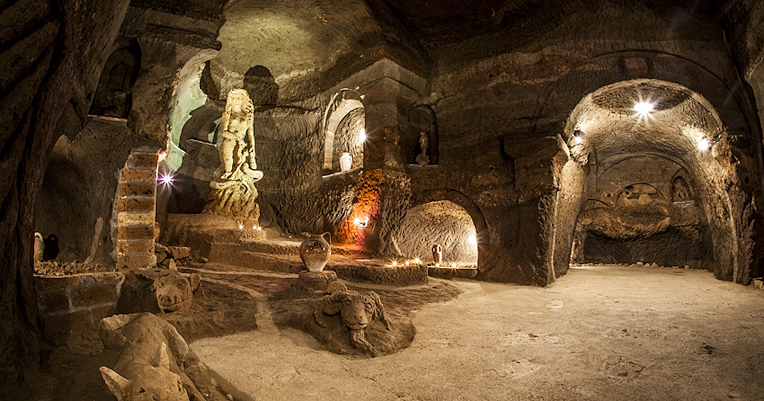
Adriano’s Labyrinth
Necropolis of Crocifisso del Tufo
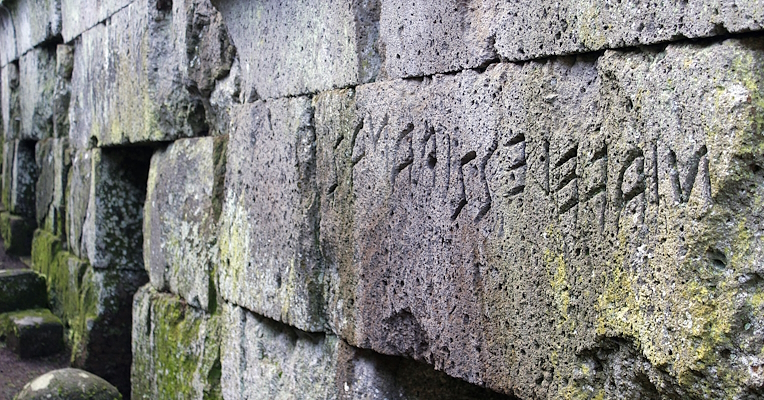
Necropolis of Crocifisso del Tufo
Necropolis and Sanctuary of Cannicella

Acroterion from the Sanctuary of Cannicella
The surrounding area

Tomb of the Hescanas – Porano

What do you want to ask me?










